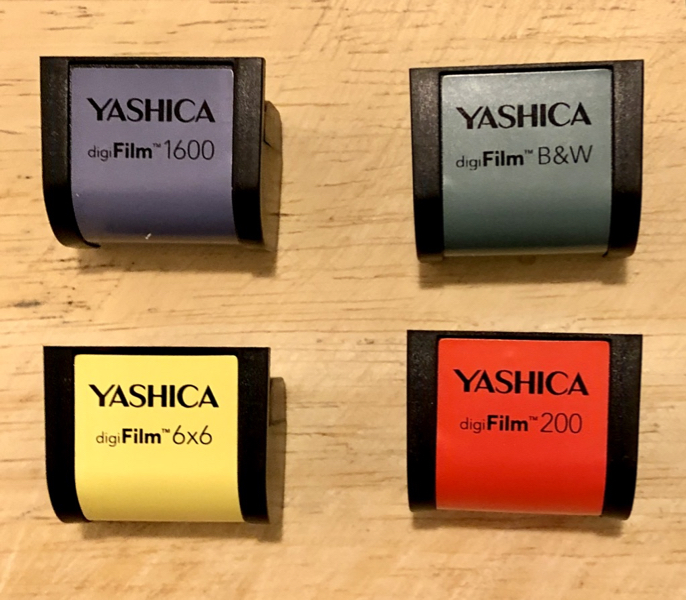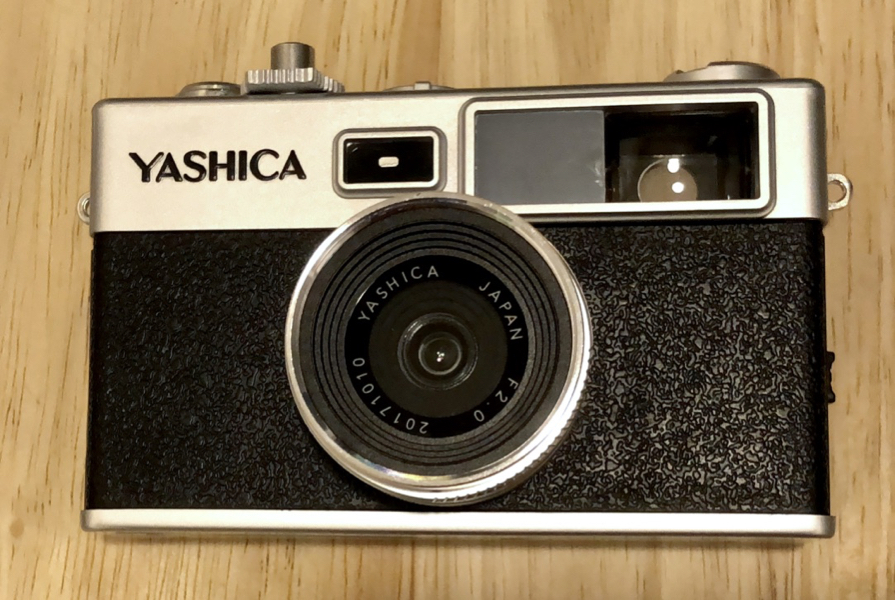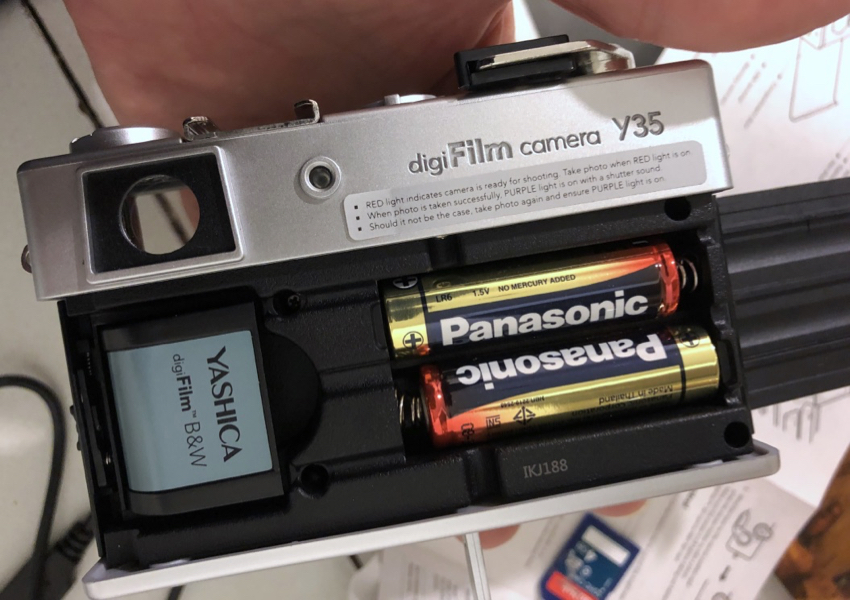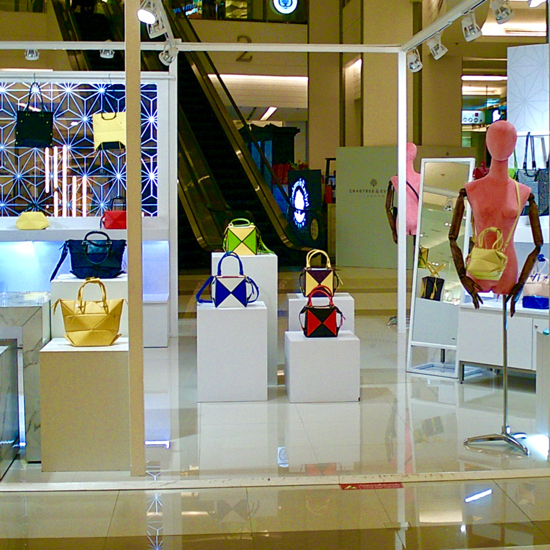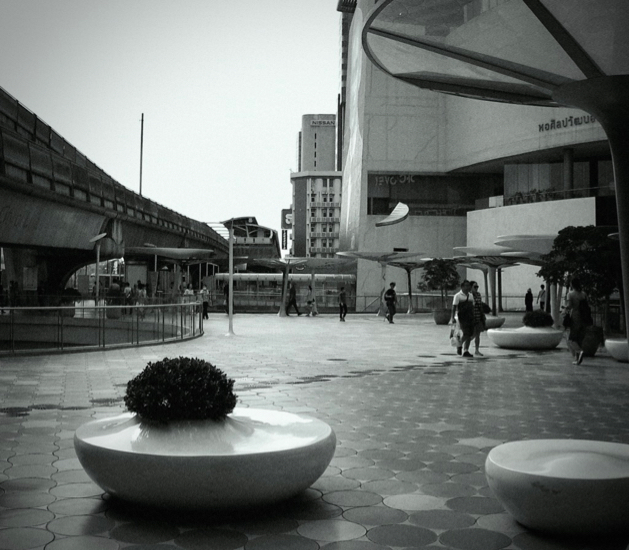|
|
eXtensions - The Curious Yashica Y35 Digi-film CameraBy Graham K. Rogers
Background - Kickstarter Successes and FailuresThe idea of Kickstarter projects is basically sound. Instead of seeking venture capital, micro-investments finance a project. Like an IPO however, those putting money into a project must accept that the original idea might not fly. A good example is the Intrepid 4x5 camera that sits on my table unused. The moment I saw the announcement for this, I was ready with support, as were thousands of others and the project was fully- (perhaps over-) subscribed. That in itself may have been a problem.Over the months of development, from idea to prototype through to delivery, delays occurred as materials a machining problems appeared and were solved. A particular problem involved the bellows which need to be lined with suitable material: one that can be expanded and contracted many times; and which can keep out light. None of these problems surprised me and it was good to see the ways the team came up with solutions. Deliveries were made and now there are often online postings from various users. My difficulties come from trying to track down suitable accessories, including a lens, although I think I now have a source for sheet film. I am also busy with DSLR and medium format (film) photography as well as sometimes going to work. Despite my lack of progress, I am proud that I supported such a worthwhile project.
Intrepid Camera and Mobi Lens
I did have some luck with additional lenses for the iPhone. Although I did not invest in the excellent Olloclip, I bought these when they became commercially available. The Mobi Lens project used spring-loaded clips to secure the lenses. The Kickstarter project was good, although again materials and design as well as supply-chain problems also delayed the completion. I still have these. Although twin-lens iPhones do not give the best fit, they work fairly well with other brands of phone. The original Olloclip - as good as they were - were brand and model specific. I gave them to a student when I updated my iPhone. I see this week that Olloclip are now addressing this problem of universality.
The Yashica Kickstarter ProjectWhich brings me to the Yashica camera which appeared in my mailbox this week. I found the idea of a revised Yashica exciting, although this execution does not do justice to the products that made the original company's name.
What happened in the following months was a little disconcerting. I had several emails from Yashica and from PayPal in Hong Kong (with whom I have no dealings normally) asking me for payment identical to the one I had already made. Although I initially suspected phishing, it was more likely to be a problem with administration: still not a good sign. Despite emails to Yashica and Kickstarter each time a payment request appeared, there were no replies. And then as rumours about the project realisation appeared online, I received emails confirming I had paid and I was told the requests were in error. Sinistra nesciat quid faciat dextra. Early in October, emails informed me the device was about to be on its way; then that it was on the way. Tracking was not useful in the way that it is when Apple or Amazon ship goods, as it appeared my device was still in China somewhere for seven days. Last Friday my student messaged me to say his had arrived. When I went to work on Monday, mine was waiting for me.
The Yashica Y35I looked first at the sealed box that seemed well-made, although I was less-impressed with the English: some of that investment money could have been well-spent checking, like most professional companies would. That aside, the camera was packed in a plastic insert with four (of six) of the digi-film cartridges spaces taken up. I had ordered B&W, 200, 1600 and 6x6.
Digi-Film Cartridges and Viewfinder
It took 2 x AA batteries and I needed an SD card. I had a spare which had been formatted for my old D7000 Nikon. I looked in vain for formatting instructions, but could see none. The camera had to be connected to a PC (or Mac) using the microUSB to USB 2 cable provided, dating the hardware somewhat. A CD symbol appeared on the desktop and I clicked on the OS X folder (the last three OS versions have been macOS). Software allowed me to synchronise the Date and Time. There was no way to do this on the camera itself.
Yashica Y35 - Front and Inside Back
Yashica Y35 Output
Metadata was shown and this turned up some interesting points. For example this contains information on the 200 cartridge type but not the others. The ISO recorded was not the same as that shown on the cartridge, so the camera must be making some adjustments. There was no GPS information, but I was able to add location in Photos.
Yashica Y35 Output
On another occasion I took several photographs trying each of the cartridges one by one, but at home none of what I thought I had taken was shown in the Finder. No images had been recorded at all. I took a took a couple more test shots out of the window and they were shown, so what I had done, or why the shots were missing is unknown.
Conclusions and CommentsThis was not the camera I had been looking for. Apart from the flimsy build and use of cheap materials, results are mixed at best. In some cases there are no results for unknown reasons. As the device lacks a display of any kind, it is impossible to check until access to a computer is available. I was not able to use the SD card reader for the iPhone: again, no photos were recognised, even though these were seen (later) in the Finder on the Mac.
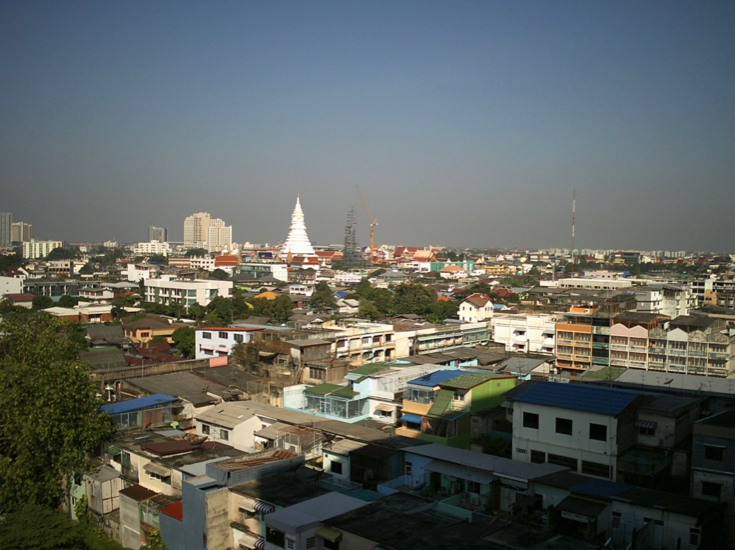 Color output from Yashica Y35 in good sunglight - cropped but not otherwise edited
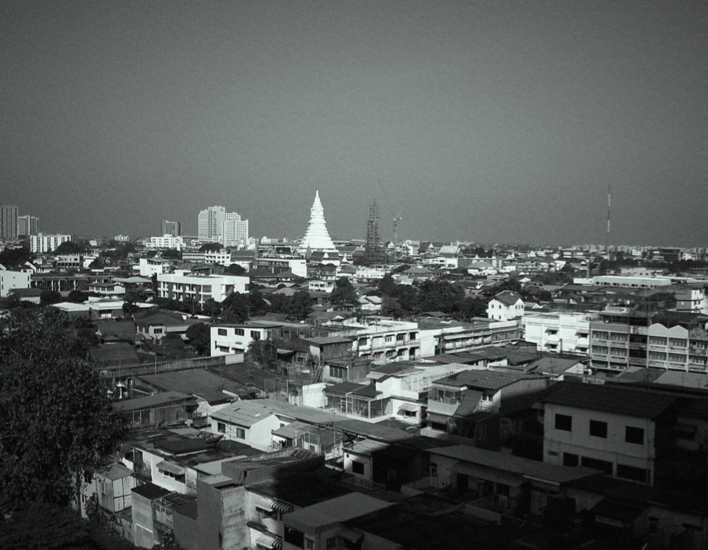 B&W output from Yashica Y35 in good sunglight - cropped but not otherwise edited
Graham K. Rogers teaches at the Faculty of Engineering, Mahidol University in Thailand. He wrote in the Bangkok Post, Database supplement on IT subjects. For the last seven years of Database he wrote a column on Apple and Macs. After 3 years writing a column in the Life supplement, he is now no longer associated with the Bangkok Post. He can be followed on Twitter (@extensions_th) |
|

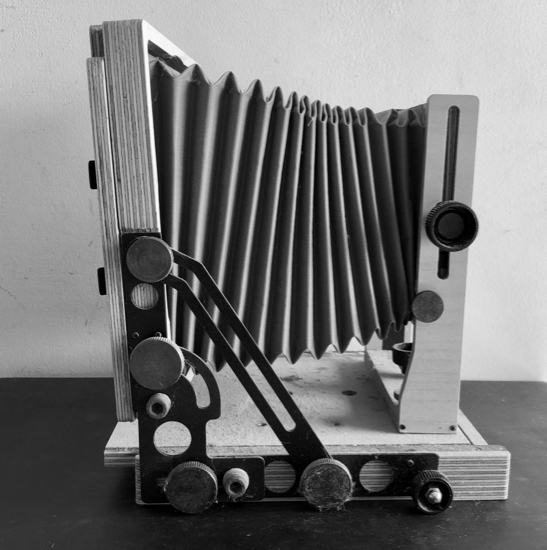
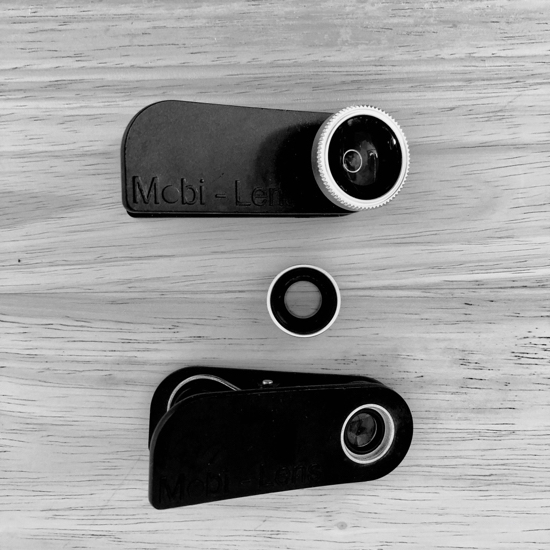
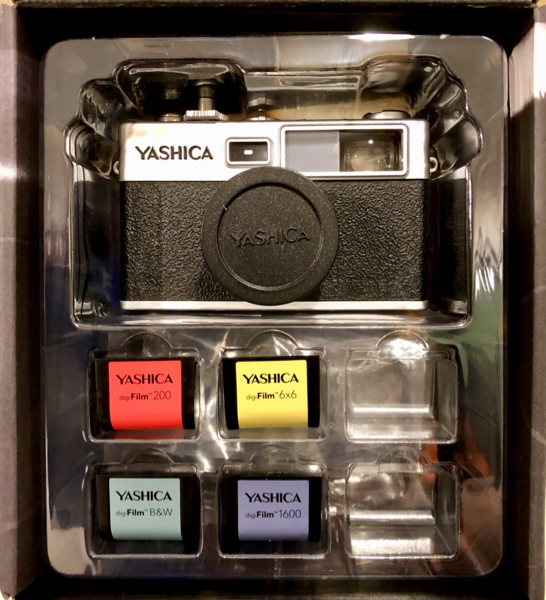 Having revived my own interest in film in the last couple of years, the outlined hybrid device - digital but using film-like cartridges - was intriguing. One of my former students with an interest in 35mm film sent me the details after he had signed up and I was interested enough to follow suit. As is not uncommon (see above), there were delays, but when it came time for me to honour my commitment (last November), I did so.
Having revived my own interest in film in the last couple of years, the outlined hybrid device - digital but using film-like cartridges - was intriguing. One of my former students with an interest in 35mm film sent me the details after he had signed up and I was interested enough to follow suit. As is not uncommon (see above), there were delays, but when it came time for me to honour my commitment (last November), I did so.
